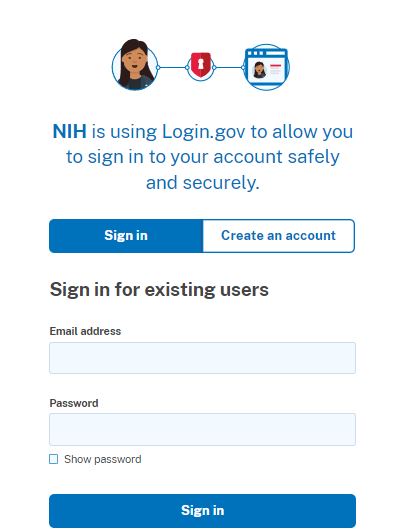* indicates required field
How to Submit a Project Application
These steps are meant to help guide Cohort Consortium members and other interested researchers interested in proposing and conducting a study with the consortium. Project groups can include groups that conduct many collaborative projects or analyses or include groups that have formed to conduct a single project or analysis. For more information regarding project groups, please refer to the Project Hub.

